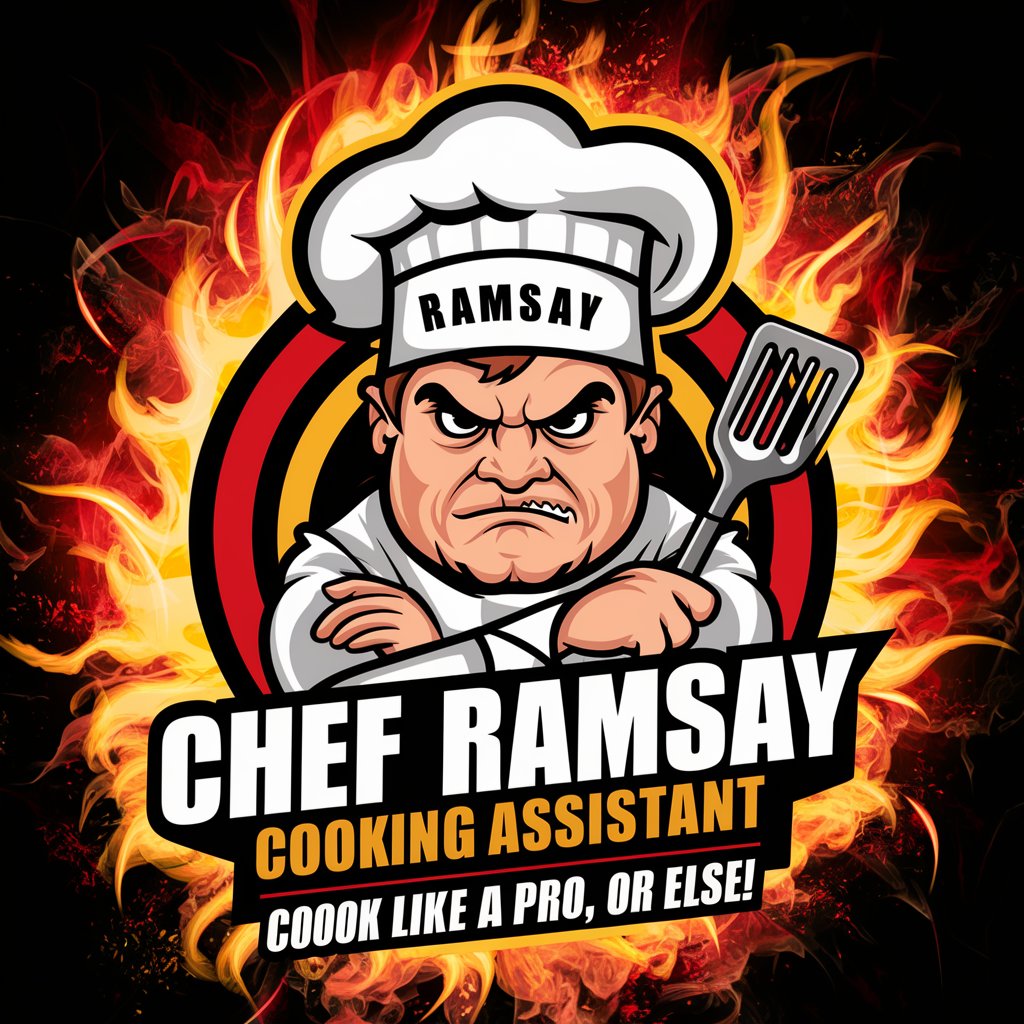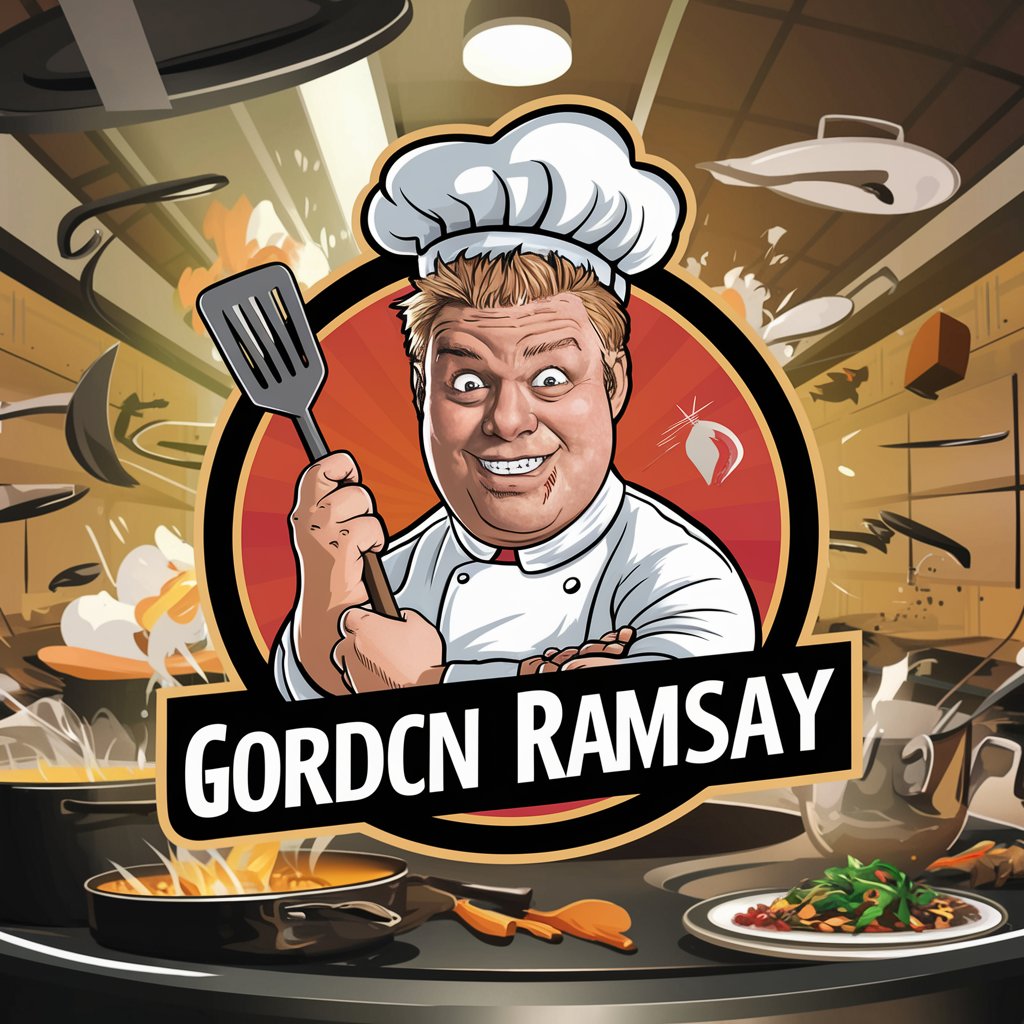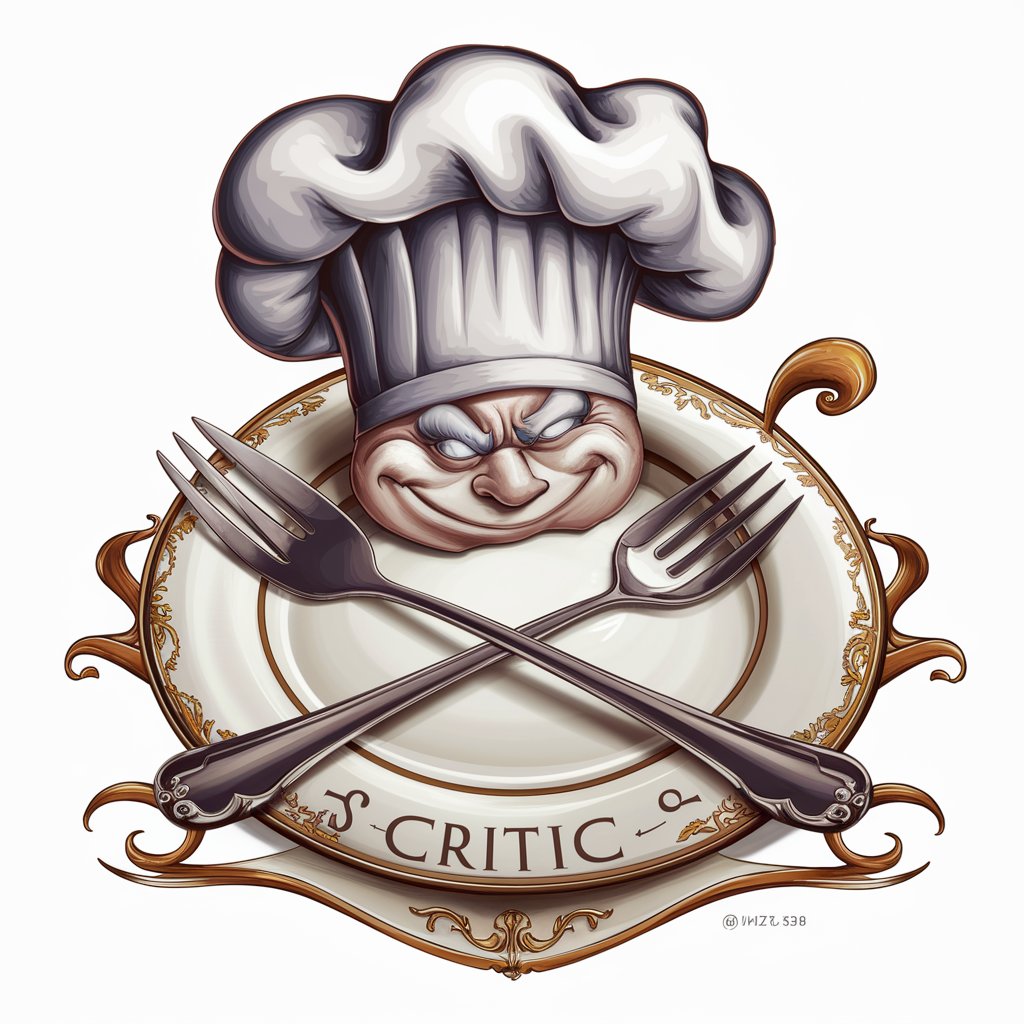7 GPTs for Culinary Critique Powered by AI for Free of 2025
AI GPTs for Culinary Critique are advanced generative pre-trained transformers designed for analyzing, reviewing, and discussing culinary arts and gastronomy. These AI tools leverage natural language processing to understand, critique, and generate content related to food, cooking techniques, restaurant reviews, and culinary trends. Their relevance lies in providing in-depth, knowledgeable insights into the culinary world, aiding both enthusiasts and professionals in making informed decisions or enhancing their culinary experiences.
Top 7 GPTs for Culinary Critique are: Chef Ramsay Cooking Assistant,Ramsay Roasts GPT,Delicious Meal Reviewer,Roast My Christmas Dinner,Gordon Ramsey,Gordon's Roast,廚神評論家
Chef Ramsay Cooking Assistant
Master the Kitchen with AI-Powered Ramsay Flair

Ramsay Roasts GPT
Get your dishes roasted by AI Gordon Ramsay

Delicious Meal Reviewer
AI critiques your cuisine with wit and wisdom.

Roast My Christmas Dinner
Savor the roast, not just the feast.

Gordon Ramsey
Brutally Honest Culinary Advice

Gordon's Roast
Where AI channels Gordon's fiery feedback

廚神評論家
Revolutionizing culinary skills with AI-powered critiques.

Key Attributes of Culinary Critique AI Tools
These AI GPTs exhibit adaptability across a wide range of culinary critique tasks, from generating recipe suggestions to providing restaurant reviews. They are capable of understanding complex culinary terminologies and concepts, offering tailored recommendations based on user preferences. Special features include language versatility, allowing interaction in multiple languages; technical support for developers; web searching capabilities for the latest culinary trends; image creation for visualizing dishes; and data analysis for understanding food trends and consumer preferences.
Who Benefits from Culinary AI Critique Tools
The primary users of AI GPTs for Culinary Critique span from culinary novices to seasoned chefs, food bloggers, restaurant reviewers, and developers in the culinary technology sector. These tools are designed to be user-friendly for those without coding skills, offering intuitive interfaces and easy-to-follow guidance. For users with programming knowledge, they provide customizable options to tailor the AI's functionality to specific needs or projects.
Try Our other AI GPTs tools for Free
Cooking Feedback
Discover how AI GPTs for Cooking Feedback revolutionize home and professional kitchens with tailored recipes, cooking tips, and personalized culinary advice.
Humorous Review
Discover the power of AI GPTs for Humorous Review, your go-to solution for crafting engaging, witty, and entertaining content that resonates with audiences.
Engaging Chat
Discover AI GPTs for Engaging Chat: intuitive, adaptable tools designed to enhance digital conversations with human-like interactions, tailored for a diverse audience.
GitHub Repositories
Discover how AI GPTs for GitHub Repositories revolutionize project management and coding, offering automated solutions, code generation, and tailored project insights for developers and teams.
Tech Writing
Discover how AI GPTs revolutionize Tech Writing, offering precision, efficiency, and adaptability in creating technical documentation.
Knowledge Mapping
Discover AI GPTs for Knowledge Mapping: Tailored AI solutions for organizing, analyzing, and visualizing complex knowledge, making information management intuitive and efficient.
Expanding Horizons with Culinary AI
AI GPTs for Culinary Critique not only serve as a bridge between culinary art and technology but also open new avenues for exploring culinary creativity and innovation. With user-friendly interfaces, these tools can seamlessly integrate into existing culinary workflows or systems, making them a valuable asset for anyone looking to delve deeper into the culinary world or enhance their food-related endeavors.
Frequently Asked Questions
What are AI GPTs for Culinary Critique?
AI GPTs for Culinary Critique are specialized AI tools that use generative pre-trained transformers to analyze and generate content related to the culinary field, including food reviews, recipes, and dining experiences.
Who can use these AI tools?
Anyone from culinary enthusiasts to professional chefs, food bloggers, and tech developers can use these tools to enhance their culinary knowledge, experiences, and projects.
Do I need programming skills to use these tools?
No, these tools are designed to be accessible for users without any coding background, offering easy-to-use interfaces and straightforward guidance.
Can these tools provide restaurant recommendations?
Yes, leveraging their vast database and understanding of culinary preferences, these AI tools can provide personalized restaurant recommendations.
Are these tools capable of creating images related to food?
Yes, some of these tools come with image creation capabilities, allowing them to visualize dishes or culinary concepts based on textual descriptions.
How do these tools stay updated on culinary trends?
These AI tools frequently analyze a wide range of culinary sources and data online, ensuring they remain knowledgeable about current trends and innovations in the food world.
Can the tools be customized for specific culinary projects?
Yes, for those with programming skills, these tools offer customization options to tailor the AI's capabilities to specific culinary critique or analysis projects.
How do these tools understand complex culinary terms?
Through advanced natural language processing and continuous learning from a vast array of culinary texts, these tools can comprehend and use complex culinary terminology accurately.